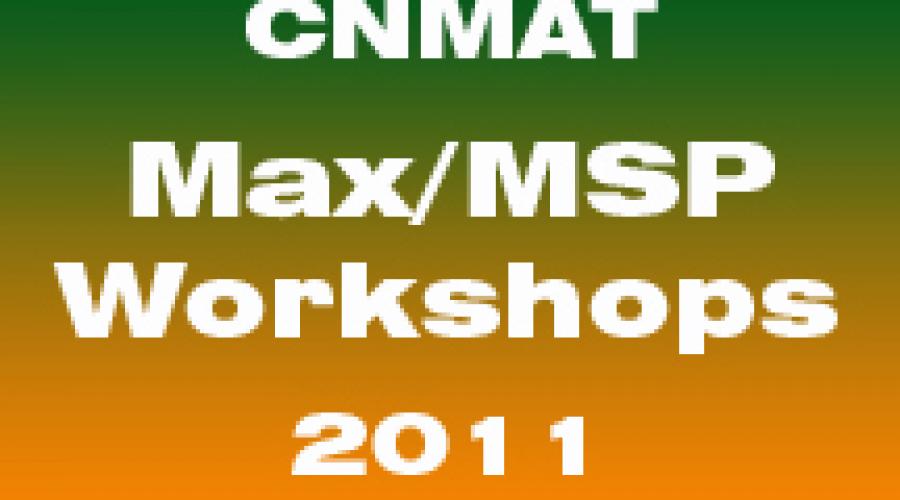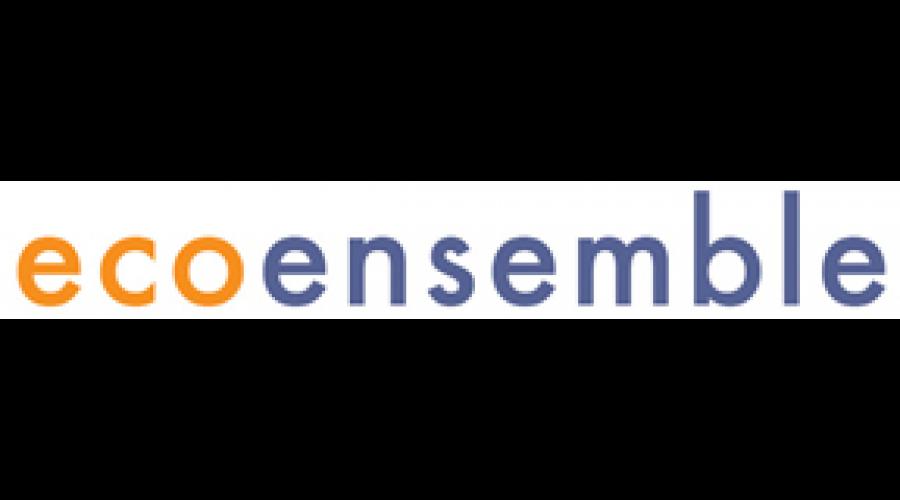Archive
CNMAT Flashback
A look back at some items in our archives.
Eco Ensemble: Jarrell/Lewis/MacCallum/Cox
Improv Weekend: Roundtable: Human/Technology Interactions
Archive Browser
Submission and Preparation of Videos documenting Research Projects
We use the op_video module of drupal to manage our web video delivery and transcoding.
The preferred format is H.264 with 640x480 videos and AAC 44.1kHz stereo encoded audio.
The module will transcode into this format automatically if you provide a different format but this transcoding
How to wind cables
Watch this video:
http://www.youtube.com/watch?v=3j1Wdc-ymbI
or this one:
http://www.youtube.com/watch?v=lLwwB29uQRg&feature=related
Yamaha 02R (No longer in Main Room)
NOTE: The O2R digital mixer is now stored in the Music Department. For info contact Jay Cloidt: jjcloidt [at] berkeley [dot] edu
Digital Patch Bay
CNMAT's Main Room ADAT Lightpipe Patch Bay
It is possible to send and receive digital audio via Alesis' 8-channel ADAT LightPipe optical format in CNMAT's main room from various sources, for instance:
Analog Patch Bay
Rane outputs 1-8 are normalled to the 8 loudspeakers.
The default is that the outputs of the mixer go via the Ranes to the corresponding loudspeakers. It's easy (though not necessarily recommended) to bypass the Ranes in order to patch directly to the Meyer speaker inputs), or to remap the channel numbers by patching here.
Recording from the Main Room
#Standard connections
The [cnmat:node/2726|Rear Studio] is prewired to record eight microphone channels from the Main Room. See [cnmat:node/3828|Recording from the Main Room] in the Rear Studio manual for complete information on recording with the Tascam digital mixer, use of the talkback system, etc.
#Additional patch points
* * * Audio Tech In the Real World (document) * * *
Audio Tech In the Real World
NOTE: This material is also available on video via the "Audio Tech in the Real World (Cloidt lecture video)" page
MICROPHONES
Microphone types:
Pro Tools Support
Video Tutorial:
[inline-center:Working with Pro Tools 1.mov=Getting Sound from Pro Tools into the DM-3200 Mixer]
Logic Support
The video tutorials on [cnmat:node/3318|this page] address getting sound out of Logic.
Below is collected knowledge of Logic in CNMAT rear studio.
Peak Support
For a video tutorial on how to use Peak for stereo recording, click [http://cnmat.berkeley.edu/system/files/attachments/Recording+from+the+Ma...|here].
##Audio output
Peak is very flexible, and can output to many destinations. This is the basic setup:
- In the Audio Menu, Sound Out -> select "Core Audio..."
Waves Plugins
Waves Documentation: Located in *shared folder on Tenney
# Reverb
*REAR STUDIO WIRING MAP*
The below diagram illustrates how all pertinent audio gear is connected in the Rear Studio:
([inline-center:_Rear Studio Wiring Map.pdf=Download Larger Version])
[inline-left:RearStudioWiringMapSmall.png=Diagram of Rear Studio Audio]
Analog Patching to DM-3200 Mixer
The DM-3200 Digital Mixer has 16 channels of analog input. Each channel has a mic input and a line input, which are chosen on a per-channel basis via physical switches above the Trim knobs at the top of the mixer. Phantom power is also available (for condenser microphones) in banks of four channels. These switches should remain off unless you're using condenser mics.
Connections and Wiring in the Rear Studio
Connect a laptop or mic in the studio.
Hertz Hall - Recording and Tech support
[cnmat:node/7815| How to build a sound isolation booth in Hertz Hall for sampling pianos]
Main Mixer (Tascam DM-3200 Digital Mixer)
The mixer connects numerous analog signals including to breakout boxes and microphones in the main room. It has a sample-synchronous digital interface with the ADAT, Digidesign, and Motu interfaces up to 96 khz.
**Getting Started**
Studio Workstation "Tenney"
_Tenney_ is a Mac Pro workstation for sound production in the rear studio.
Clocking problems! (And how to solve them...)
The following two steps should resolve any of your clocking problems using any non-Pro Tools applications on the Rear Studio computer (assuming you're working at 44.1 kHz).
1. Reset the mixer to its "Basic" project (see [cnmat:node/3233|this page] for an explanation, or watch [http://cnmat.berkeley.edu/system/files/attachments/Resetting+DM-3200+Mix...|this video]).
Troubleshooting
These pages help with common issues in the Rear Studio.


